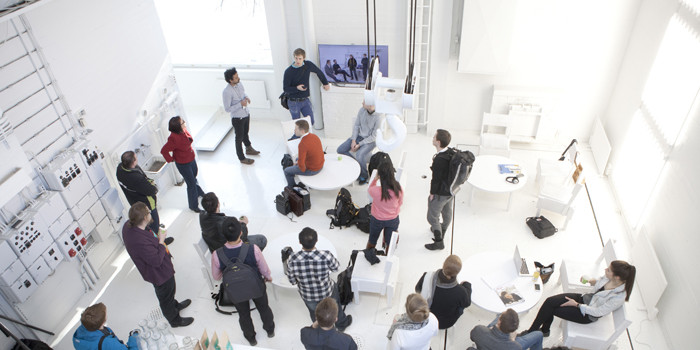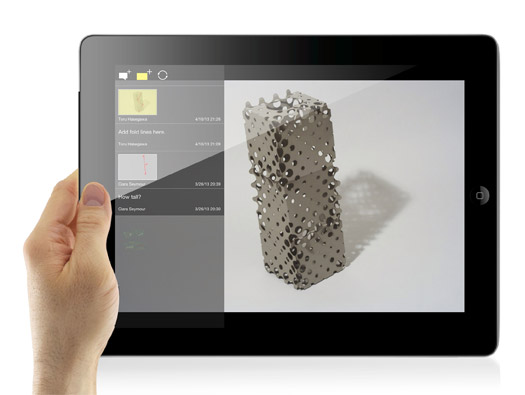Designers
and engineers are constantly forced into situations where tools to create
collaborative environments stop the flow of working due to complexity and
clutter. How can this be addressed: Augmented spaces.
In
The Adaptability of Collaborative
Design Within an Augmented Space we see the underpinnings of the mechanisms
to alleviate clutter and distraction from the design element in order to focus
more clearly on the details necessary to formally manufacture and produce high
quality and specialized design products. Further mechanisms for implementing
design specific techniques show the validity of Augmented design capabilities
to further push design and manufacturing boundaries forward at a rapid pace.








